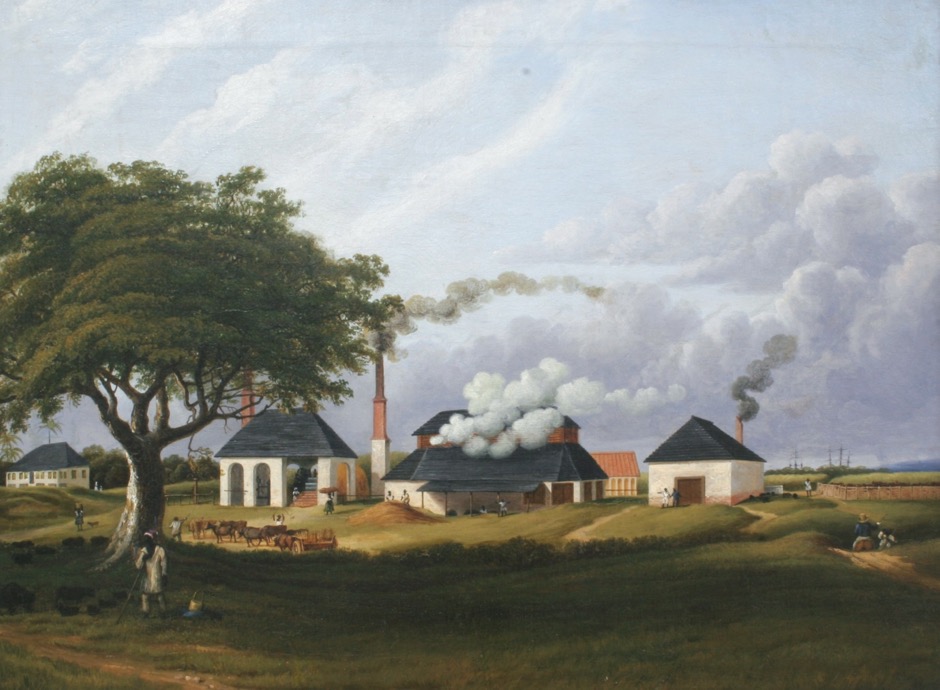Wednesday 12 February, 12-1.30pm
Keynes Library, School of Arts, 43 Gordon Square.
‘Skill and Narrative Form in Early Eighteenth-Century Adventure Fiction’
In this session we will look at how a passage from Defoe’s The Farther Adventures of Robinson Crusoe (1719), is treated in an early abridgement of the novel, undertaken for Edward Midwinter by the jobbing printer Thomas Gent, and published in 1722. Readings from these two books will be compared with a brief excerpt from The Adventures, and Surprizing Deliverances, of James Dubourdieu, and his Wife (1719) – a short novel of unknown authorship, published within months of the first two volumes of Robinson Crusoe and addressed to the same world of maritime adventure as Defoe’s fiction. The first of many similar works, Dubourdieu sought to capitalise on the success of Crusoe, while offering an intriguing revision of Defoe’s narrative poetics and ideological investments. A number of the men involved in printing and selling it would go on to publish and – in the case of Willian Chetwood – write further volumes of adventure fiction.
Taking together Defoe’s continuation of his novel, a re-written version of Crusoe, and a newly-composed piece of prose fiction that was advertised as ‘proper to be Bound up with Robinson Crusoe’, we can ask: what might the alternations made to Crusoe by abridgements and supplements tell us about eighteenth-century ways of reading in general, and about critical assessments of Defoe’s fiction in particular? How might the formal choices of Defoe, Gent, and the author of Dubourdieu – including their decisions about the representation of speech and audience and about the segmentation of narrative episodes – produce or reflect different concepts of skill and practical knowledge? How are these ideas about skill shaped by their elaboration in relation to imagined colonial violence? And, how should we understand the place of commercial and material constraints in all these choices?
Robert Stearn is a PhD student in English at Birkbeck, working on skill and service in the late seventeenth and early eighteenth centuries. His thesis draws on a range of verbal and visual sources – visual satire, material culture, life-writing by employers and servants, poetry, and prose fiction – in order to chart the changing shapes of skill and its everyday, non-artisanal and non-professional, consistency.
Readings: if you would like to attend this Reading Group, please email Kate Retford, at k.retford@bbk.ac.uk, to be sent a PDF copy of these texts
- Daniel Defoe, The Farther Adventures of Robinson Crusoe (London, 1719), pp. 120-24.
- The Life And most Surprizing Adventures of Robinson Crusoe, of York, Mariner (London, 1722), pp. 252-55.
- ‘Ambrose Evans’, The Adventures, and Surprizing Deliverances, of James Dubourdieu and his Wife (London, 1719), pp. 1-16


